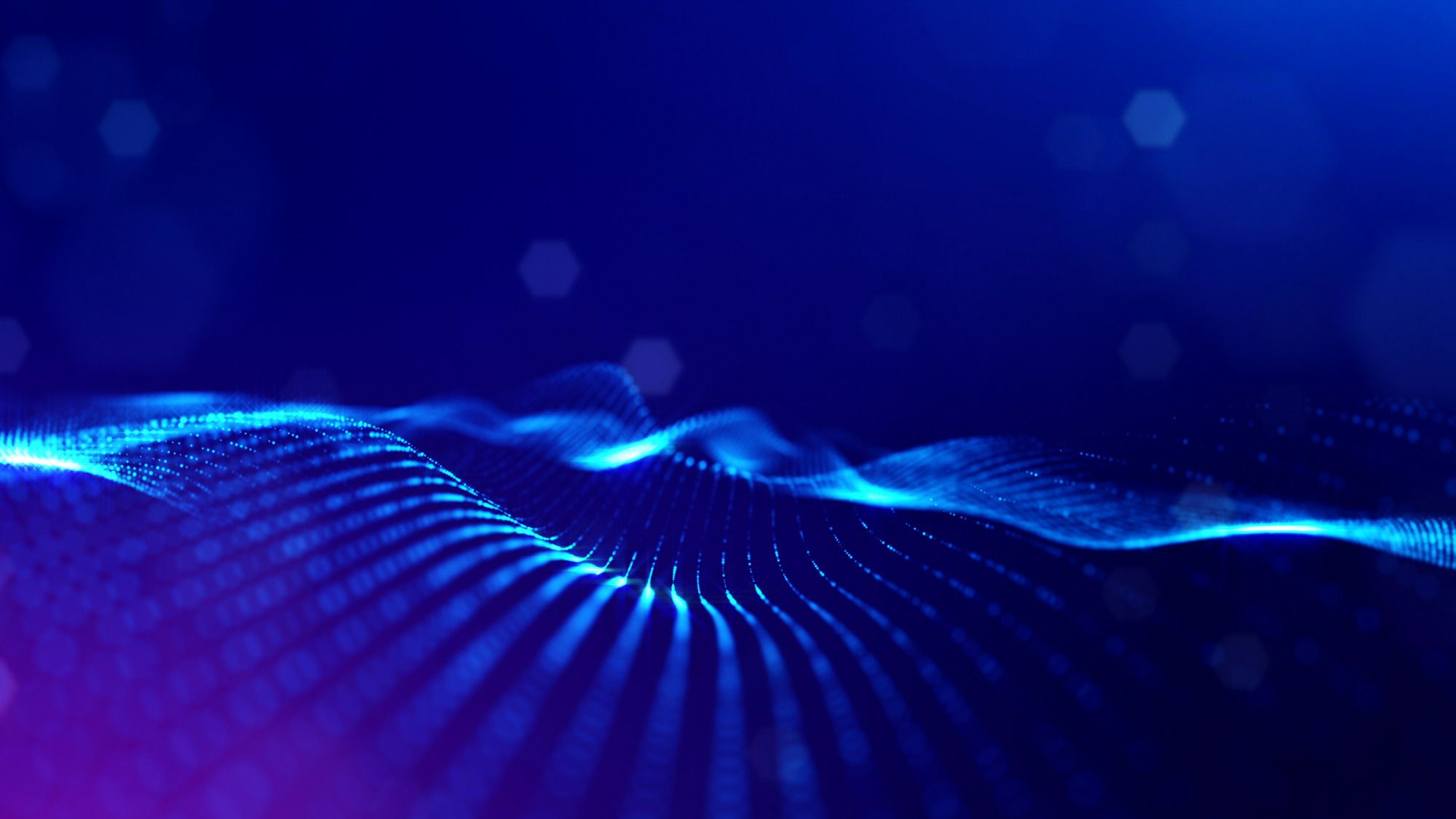
Past Voucher Award Recipient
Vega Wave Systems
partnered with
Argonne National Laboratory
Radiation Testing for Nuclear
Inspection Systems, RFA-18-15451
YEAR AWARDED: FY-2018
TOTAL PROJECT VALUE: $163K (DOE funds awarded, $130K; awardee cost share, $33K)
STATUS: Completed
PRINCIPAL LAB INVESTIGATORS: Sergey Chemerisov ([email protected])
DESCRIPTION: The nuclear energy industry needs vision systems with higher image quality and greater resistance to radiation for the refueling and inspection operations that are required every 12–18 months for all operating commercial reactors. During refueling operations, the serial numbers of fuel assemblies need to be visually verified in a challenging high-radiation environment. For years, the industry has used technology based on the Vidicon tube, a cumbersome 1960s television camera that must be heavily shielded with 80 lbs. of lead and operated at least 2 m from the fuel assemblies. Vega Wave Systems has developed its Enduray Vision System for nuclear energy applications. It consists of a highly radiation-tolerant video camera, control electronics, a PC controller, and advanced image acquisition and processing software. Verifying its resiliency required radiation levels much higher than what is produced by commercial or medical sources. Under a Gateway for Accelerated Innovation in Nuclear voucher, the company turned to Argonne National Laboratory, whose electron Van de Graaff accelerator, part of the Low-Energy Accelerator Facility, reasonably approximates the energy and gamma ray radiation spectrum expected at the top of a nuclear core 10 days after shutdown. Beam energy can be easily controlled for variable tests and will not activate the parts under radiation, allowing the timely and close inspection and characterization of the vision system in case of operational issues.
BENEFIT: Argonne researchers have tested several prototype test units developed by Vega Wave Systems Inc., using 3 MeV X-rays generated by the Van de Graaff system to assess the radiation tolerance of the system.
IMPACT: The results of the irradiation tests showed that the camera exhibited some nonfatal radiation effects from ionized contaminants. Once the contamination was mitigated, the camera showed no effects of radiation at dose rates up to 10 kGy/hr and total dose rates of 525 kGy (at 10 kGy/hr).
SIGNIFICANT CONCLUSIONS: These tests showed that the Enduray Vision System was 10× more radiation-hard than the best available commercial competitor in terms of dose rate and can easily sustain radiation dose rates and total doses seen in the most extreme commercial applications in the nuclear energy industry.
NEXT STEPS: The results are extremely encouraging, and Vega Wave Systems is planning further irradiations to confirm the radiation hardness of the system up to higher dose rates. Commercial reliability protocols for mean time-to-failure require testing of 11–24 systems.
